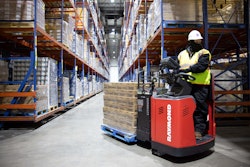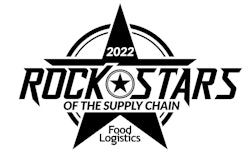
Supply chains face their greatest stress test yet as the pandemic’s continuing impact prolongs a crisis some business leaders fear could drag on for three years, according to a new survey by Accenture.
“Even before the pandemic, chief supply chain officers were faced with increasing expectations – from supporting new customer experiences to driving profitability. Now they are faced with their greatest stress test to date,” says Manish Sharma, group CEO, Accenture Operations.” Supply chain executives must now make far-sighted decisions, and create digitally powered operating models, to ensure a lasting supply chain that enables long-term growth for all stakeholders.”
From Accenture:
- Nearly three-fifths (58%) of C-suite leaders believe the supply chain crisis will last more than a year — though one-third (33%) fear it could drag on for three years.
- Companies have responded by getting ahead on orders, tightening partnerships and forging contingency plans, including ordering supplies earlier than previously (43%), creating new contingency plans to limit the effects on the business (43%), re-structuring supply chains and inventory management processes (42%) and double ordering to ensure at least some supply (35%).
- C-suite executives were among those most likely to see business significantly impacted, including prices paid for goods or services (49%), getting supplies or inputs needed for business (45%), price charged for goods or services (43%), ability to produce products or fulfill demand (38%), certainty in decision-making (38%), ability to grow (36%), train on workforce (34%) and changing customer expectations, such as predictability or delivery certainty (32%).
- C-suite perspectives vary considerably on how long the supply chain crisis could last but largely agree on what is likely to happen as a result, such as prices will continue rising and consumers will cut spending in the short-term (88%), increase in the use of automation, artificial intelligence and robotics to create supply chain visibility (79%), production moves closer to demand (73%), new infrastructure built or expanded, including ports, rail lines and highways (66%) and wages will increase to meet demand across critical parts of the supply chain, including truck drivers, warehouse workers and dockworkers (65%).




















